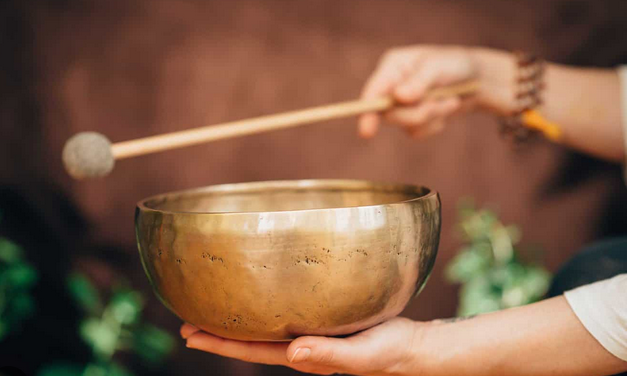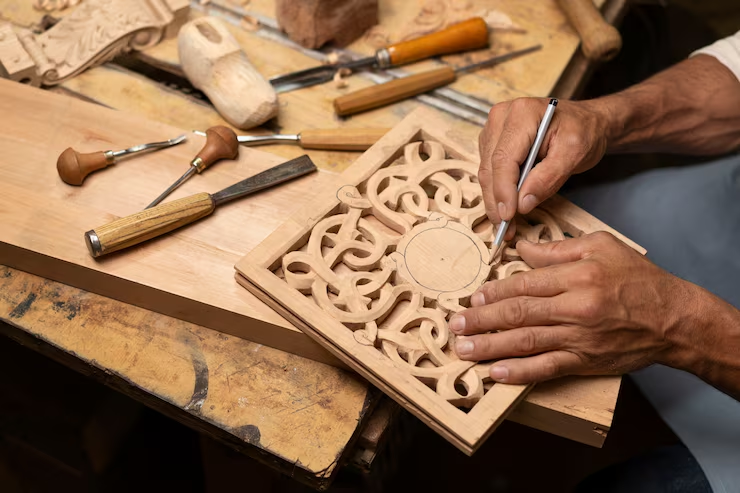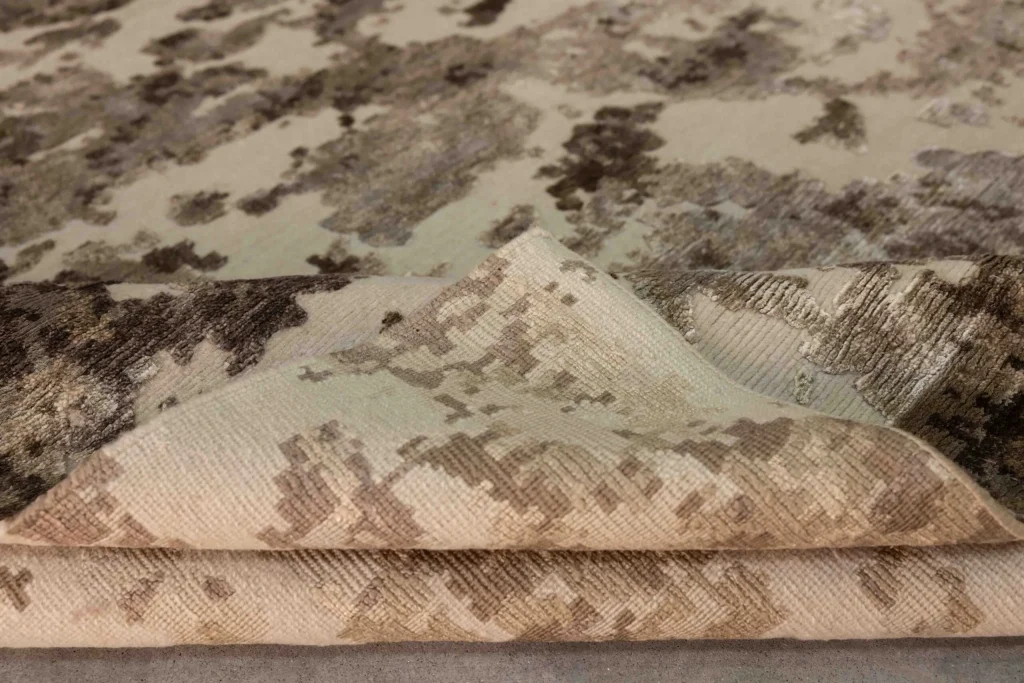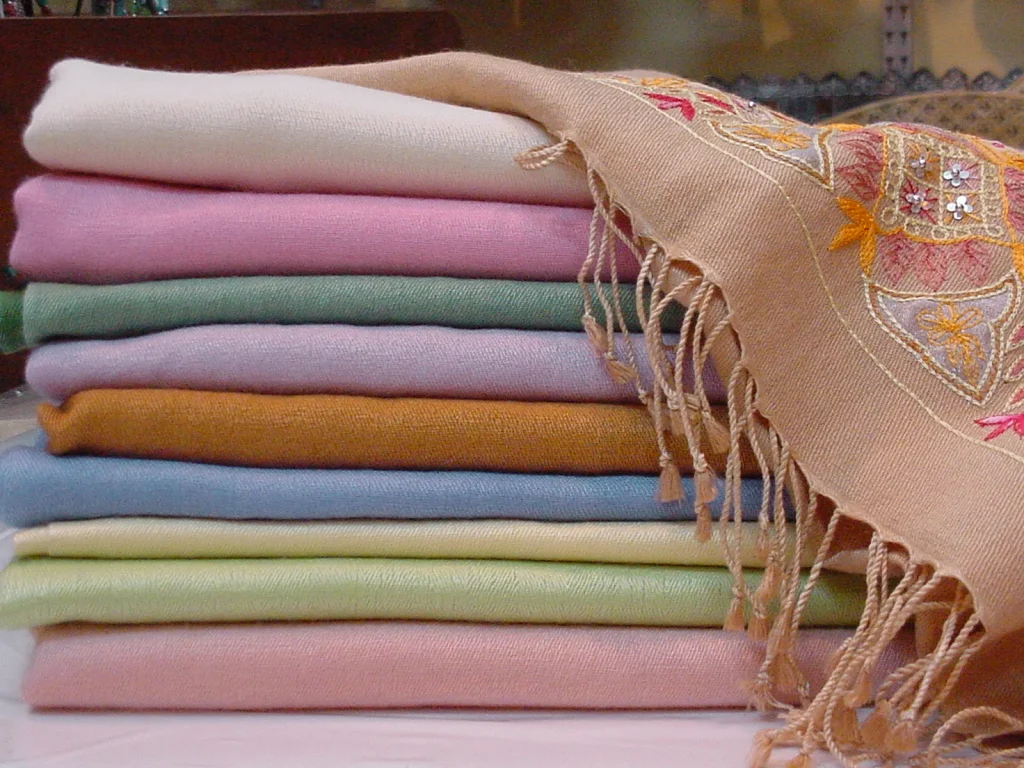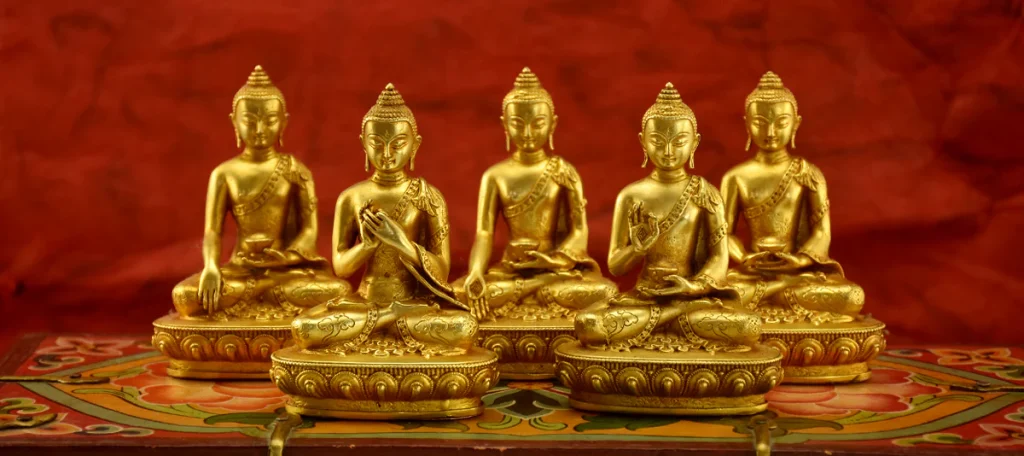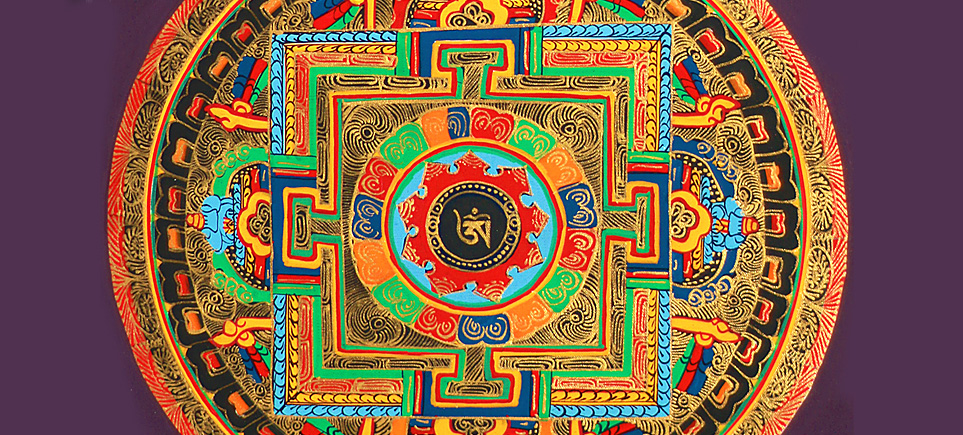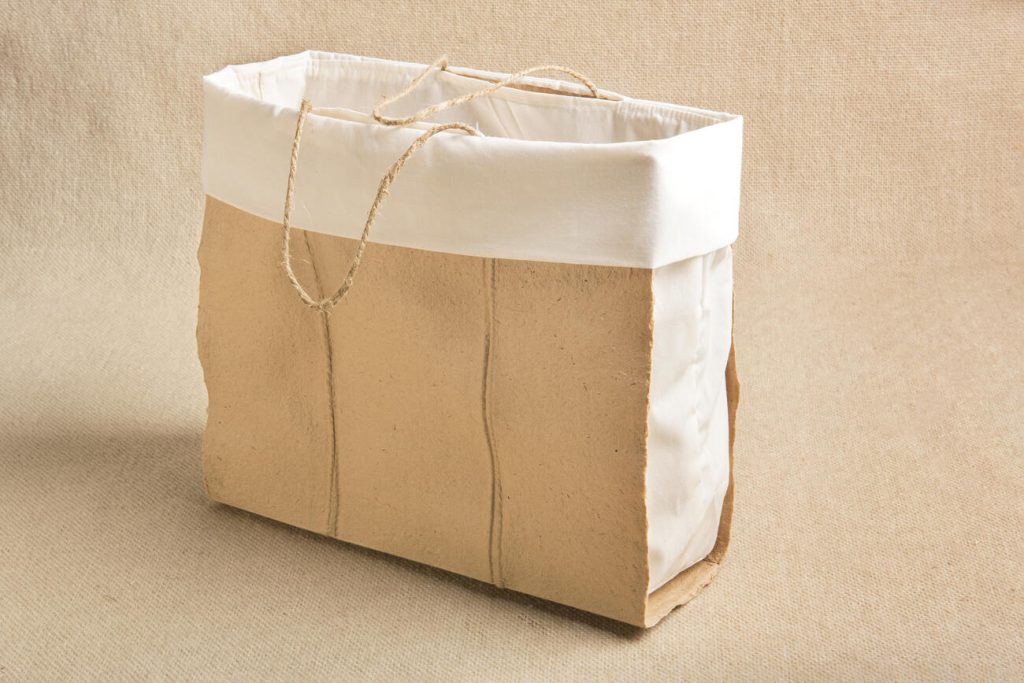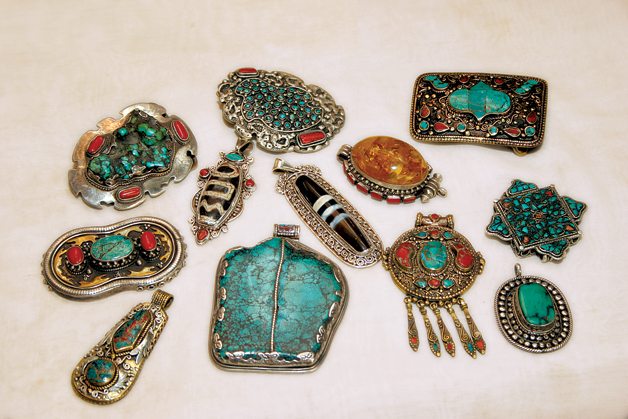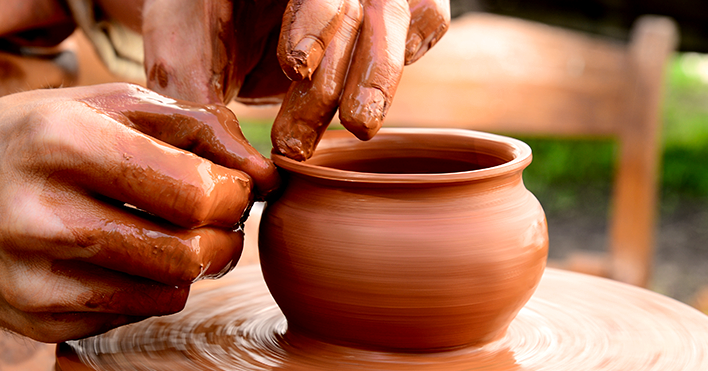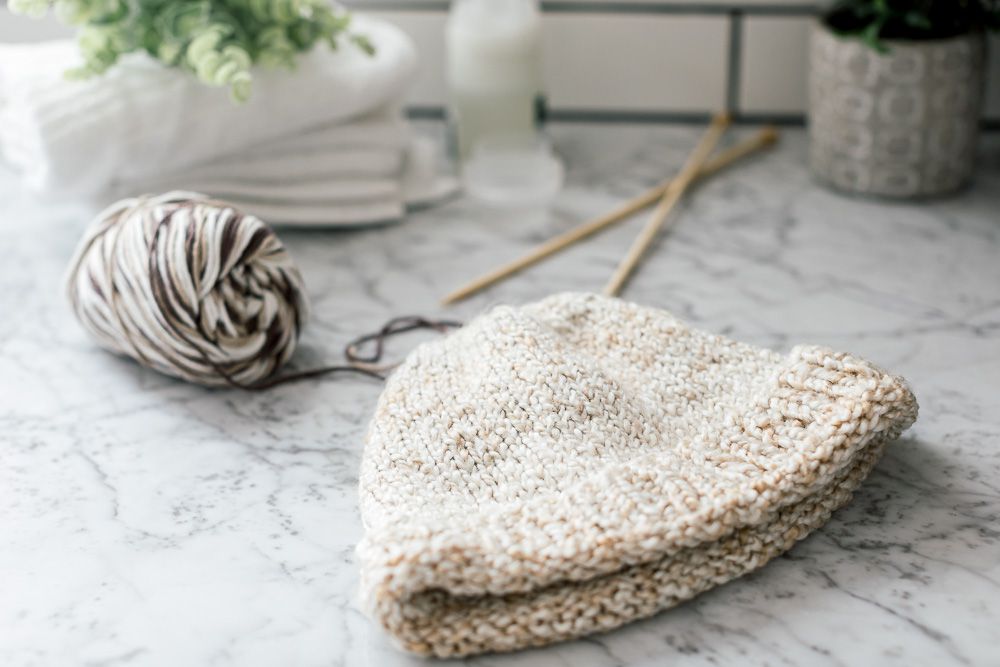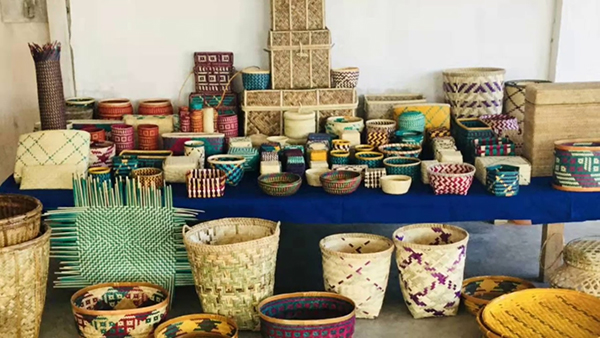Types of Singing Bowls and Their Unique Sounds
If you’ve ever heard a singing bowl hum in a calm room, you know that sound, it’s deep, rich, and oddly comforting. That gentle vibration seems to melt stress and pull your attention right into the present moment.
But here’s the thing: not all singing bowls sound the same.
Different types of bowls, based on their shape, metal composition, and origin, produce different tones, vibrations, and emotional effects.
So let’s take a journey through the main types of singing bowls and understand what makes each one sound so special.
1. Tibetan Singing Bowls (The Classics)
When people say “singing bowl,” they’re often talking about Tibetan bowls. These are the traditional, hand-hammered bowls you’ll find in Buddhist monasteries or healing centers.
Key features:
- Usually made from seven metals, each symbolizing a celestial body (gold for the sun, silver for the moon, iron for Mars, and so on).
- Produce deep, grounding tones that vibrate for a long time.
- Often slightly rough and uneven, showing they’re handmade.
Sound personality:
Warm, low-pitched, and meditative. The kind of sound that feels like a hug for your soul.
Best for:
Meditation, relaxation, grounding, or sound therapy sessions.
2. Crystal Singing Bowls (The Modern Healers)
In contrast to the earthy Tibetan ones, crystal bowls look like something out of a futuristic spa: smooth, white, and glowing.
Key features:
- Made from pure quartz crystal (sometimes mixed with gemstones).
- Each bowl is tuned to a specific musical note, matching a chakra in the body.
- Produce clear, high-pitched tones that can feel almost ethereal.
Sound personality:
Pure, bright, and sharp. You feel the vibration more in your head and upper body.
Best for:
Chakra balancing, sound baths, yoga, and emotional cleansing.
3. Japanese Singing Bowls (The Temple Bells)
Known as Rin gongs or O-Rin, these bowls have a bell-like clarity that’s instantly recognizable.
Key features:
- Made from bronze or brass, with smooth sides and a polished finish.
- Produce shorter, sharper tones compared to Tibetan bowls.
- Often used in Zen temples during meditation or rituals.
Sound personality:
Clear, crisp, and precise, like a drop of water hitting still water.
Best for:
Mindfulness meditation or rituals where focus and clarity are key.
4. Manipuri Bowls (The Compact Classics)
These are smaller, round-bottomed bowls that originated from the Manipuri region (India/Northeast region).
Key features:
- Lightweight and easy to hold.
- Produce higher-pitched tones that are surprisingly powerful for their size.
- Often used in personal meditation rather than group sessions.
Sound personality:
Bright, sweet, and fast to resonate, like a musical whisper that wakes your senses.
Best for:
Quick relaxation or travel-friendly meditation.
5. Thadobati Bowls (The Deep Resonators)
Thadobati bowls are straight-walled and thick, giving them a bold presence and powerful vibration.
Key features:
- Usually heavy and durable.
- Have a wide rim that produces strong, low tones.
- Can hold sound vibrations for a long duration.
Sound personality:
Deep, booming, and grounding, perfect for deep meditation or sound healing.
Best for:
Therapeutic sessions where you want to release tension or align deeper energies.
6. Remuna Bowls (The Balanced Ones)
Remuna bowls are known for being beautifully proportioned, both in sound and shape.
Key features:
- Curved sides with intricate carvings or etchings.
- Produce a balanced mid-range tone, not too high, not too low.
- Often used in group meditations or sound baths.
Sound personality:
Warm, flowing, and harmonious.
Best for:
Creating an overall sense of calm and emotional balance.
7. Ultabati Bowls (The Powerhouses)
If you’ve ever felt your chest literally vibrate from a singing bowl, chances are it was an Ultabati.
Key features:
- Large, heavy, and dark in color.
- Known for producing the lowest, most powerful frequencies.
- Sometimes even used to simulate the deep “Om” sound in meditation.
Sound personality:
Thunderous yet calming, like nature’s heartbeat.
Best for:
Deep healing, grounding, and group sound journeys.
How Different Bowls Create Different Sounds
A singing bowl’s sound depends on a few key factors:
- Material: Metal bowls produce warm tones; crystal bowls give sharper clarity.
- Size: Bigger bowls = lower pitch; smaller bowls = higher pitch.
- Thickness: Thicker bowls resonate longer; thinner ones sing faster.
- Technique: Whether you tap or rub the mallet also changes the sound.
Even the person playing it adds their energy, so no two bowls ever sound exactly the same!
Choosing the Right Singing Bowl for You
Here’s a quick guide to help you decide:
| Your Goal | Recommended Bowl | Tone Type |
| Deep meditation / grounding | Ultabati or Thadobati | Deep and low |
| Chakra healing / yoga | Crystal bowl | Clear and high |
| Focus and clarity | Japanese Rin bowl | Sharp and pure |
| Relaxation / mindfulness | Tibetan or Remuna | Warm and balanced |
| Personal meditation / travel | Manipuri | Light and bright |
Final Thoughts: Let the Bowl Choose You
Here’s a little secret, when it comes to singing bowls, you don’t always choose the bowl… the bowl chooses you.
You’ll feel it. A certain sound will just click with your mood, your energy, your heartbeat.
So next time you’re around singing bowls, close your eyes, strike one gently, and listen.
The one that makes your chest feel lighter or your mind calmer?
That’s your bowl.
Takeaway
Each singing bowl has its own story, tone, and healing energy. Whether you’re drawn to the ancient hum of a Tibetan bowl or the shimmering clarity of crystal, the right bowl can truly become a companion in your journey toward mindfulness and balance.
So go ahead, find your frequency, and let it sing through you.

